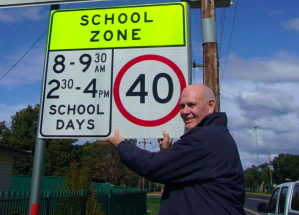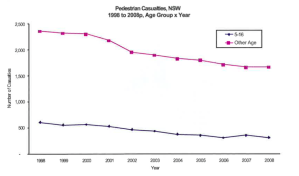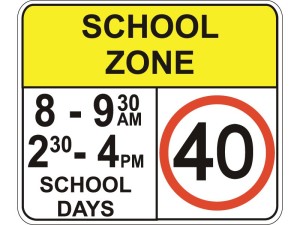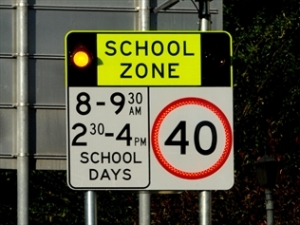Our goal at Tap and Increase the Gap is to create a safety initiative using
the Senior Step Card system that, like 40km school zones,
improve the safety of pedestrians who are at the greatest risk.
The 40km school zone is a case study that has been closely analysed by us, in our mission to further improve pedestrian safety for vulnerable groups of the community who face the highest risks on the road. Among children, aged adults are one of the most susceptible groups.
The success of the NSW 40km school zones is an indication to us at Tap and Increase the Gap that the Senior Step Card system will work to benefit a group of the community who face increased danger as pedestrians. We believe that with an aged focused safety system reductions in pedestrian casualties, fatalities and injuries will be seen.
The Road and Traffic Authority (RTA) , NSW Police and the Department of Education and Training worked together to introduce 40km school zones. Tap and Increase the Gap hopes to work with these organisations to implement the next stage of NSW road and pedestrian safety measures.
We have used the basis of the school zone initiative to formulate our findings that with specific aged target pedestrian safety measures, the number of casualties decreases over time. Tap and Increase the Gap is the next step in NSW pedestrian safety.
Do you think #TAPANDINCREASETHEGAP could have the same success? Why, why not?
Comment below- Share your thoughts and concerns



